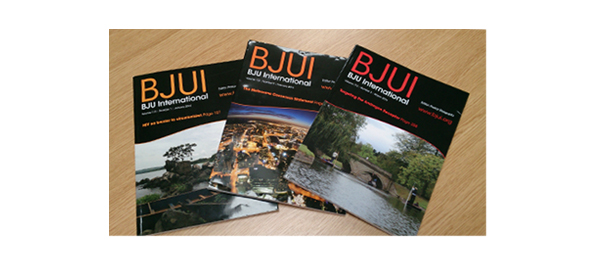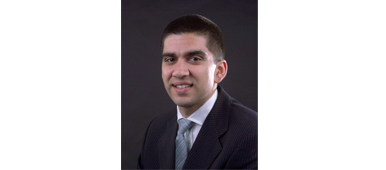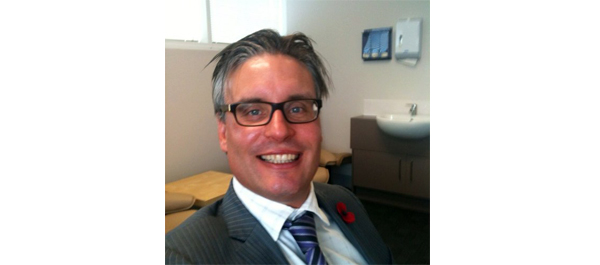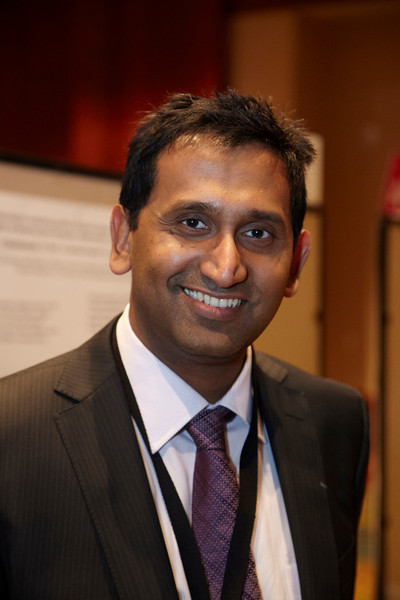
Wearable Technology in Urology
6 Comments
/
Wearable Technology
Everywhere I look these days, it seems like I am reading more and more about wearable technology. Earlier this year, I started using Fitbit to "quantify myself" in an effort to improve my overall health. As a urologist, I started wondering about the technology our patients might be wearing in the near future.
I did some research, and found some interesting examples of wearable technology in urology.
Diapers that Warn of Infection
We all have incontinent patients…

USANZ 2014 Video Abstracts
67th USANZ Annual Scientific Meeting, Brisbane, 16-19 March 2014
[accordion]
LUTS / BPH
[acc_item title="Robot-assisted simple prostatectomy – initial clinical experience' label='
S. LESLIE*, N. AHMADI*, K. HART*, N.N. JEFFERY*, P. SVED*, A. VASILARAS*, J. WONG*, D.R. EISINGER*, J. BOULAS* and M. ARON†
*Royal Prince Alfred Hospital, Department of Urology, Sydney, Australia; †University of Southern California, Institute of Urology, USA
[/acc_item]
Oncology
[acc_item…

Editorial: Renal functional recovery after radical nephrectomy
In their publication ‘Trends in renal function after radical nephrectomy: a multicentre analysis’, Chung et al. [1] suggest that after radical nephrectomy (RN), renal functional recovery in patients who have RCC occurs even in states of baseline renal functional compromise (pre-existing stage III chronic kidney disease, CKD). These findings bolster other recent reports, which suggest that surgically induced CKD may not be associated with the same degree of renal functional decline as CKD…

To TVT or TVT-O, does it even matter?
The March, 2014 edition of twitter-based international urology journal club discussion experienced a change of scenery as incontinence took center stage. The discussion focused on the five-year results of a randomised controlled trial (RCT) comparing retropubic versus transobturator midurethral slings for stress incontinence. The platinum priority article by Laurikainen et al. was made available open access thanks to European Urology. Special mention is also given to senior corresponding author Carl…

The Urology Foundation SpRUCE course
Last weekend, The Urology Foundation held the Specialist Registrar in Urology Consultant Education (SpRUCE) course in Birmingham. It was spread over 2 days with a networking dinner held in the evening. The course fills a significant void in higher surgical training – that which involves high quality training in interview and communication skills.
In the evening, we were joined by a faculty of senior urologists and professors and were able to network with them over dinner and drinks in a relaxed…

Another good week for radical prostatectomy
The SPCG-4 (Bill-Axelson) study updated again in NEJM
In this week's edition of the NEJM, Anna Bill-Axelson and the Scandinavian Prostate Cancer Group Study Number 4 (SPCG-4) investigators have written an impressive update to their famous study comparing radical prostatectomy (RP) to watchful waiting (WW) in a setting of mostly clinically detected prostate cancer. In 2002, the group reported in NEJM at a median 8 years of follow-up that RP reduces disease specific mortality, overall mortality,…

Radiation within urology: challenges and triumphs
As gatekeepers urologists remain at the frontline of urological oncology in a position of trust that they have held since Charles Huggins, Nobel Laureate in Urology, pioneered the use of hormone manipulation to treat prostate cancer. However, radiation within urology is an important adjunctive, palliative and even primary treatment method for many urological malignancies. However, within many spheres, particularly internationally regarding prostate cancer, tensions appear to have been simmering between…

Text and the city
From the spectacular rise of bitcoin to the passing of Mandela and Thatcher, the horrors of Boston and Nairobi to the resignation of the Pope, the breakthroughs in human stem cell cloning [1] to the promise of medical three-dimensional printing [2] – our personal and professional lives are influenced by global and technological events in a way that seemed unimaginable just a few decades ago.
The clinical and scientific research community has never been more international as it is now.…

Surgery or Radiation in Prostate Cancer?
I am sure many of you are familiar with the clinical situation I see every week of a man with newly-diagnosed prostate cancer asking me about his options. While we steer many men with low risk prostate cancer towards surveillance nowadays, for those with intermediate or high risk disease intervention is usually their best option, especially if they have a long life expectancy. This gives us the dilemma of whether to recommend surgery or radiotherapy.
In Oxford, we have a long and pioneering history…

Stunned
If you needed inspiration to pursue cognitive ergonomics as a career or hobby, you could do worse than starting with the book “Set Phasers On Stun” by Steven Casey. Presented as a series of bite-sized real-life vignettes, the book illustrates the inherent fallibility in humans who design and use systems in a very engaging manner.
The most relevant story for doctors is the titular tale about a man receiving radiation therapy for a tumour on his shoulder. Ray lay on the treatment table.…
